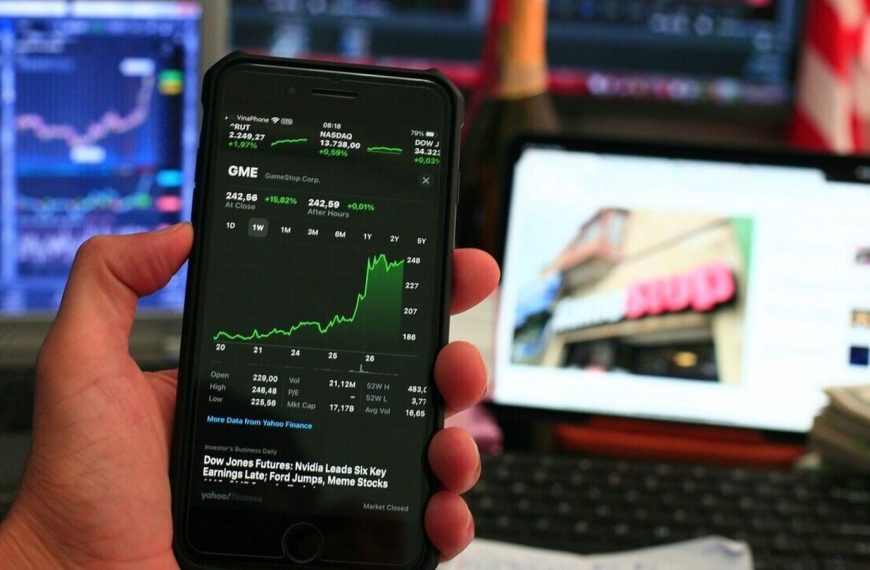South Korean financial markets experienced a notable upswing on Monday, driven by China’s commitment to enhance domestic consumption and positive momentum from Wall Street. This surge saw the KOSPI index increase significantly, while the Korean won gained strength against the dollar. Additionally, the benchmark bond yields also rose, reflecting a dynamic trading environment.
KOSPI Index Performance
As of 03:24 GMT, the KOSPI index surged by 36.85 points, marking a 1.44% increase to reach 2,603.21. This rally was influenced by several heavyweights within the market:
- Samsung Electronics soared by 5.48%.
- SK Hynix saw a modest gain of 0.61%.
- LG Energy Solution experienced a slight uptick of 0.15%.
In contrast, the automobile sector faced challenges, with Hyundai Motor slipping 0.45% and Kia Corp declining by 0.40%. The tech sector showcased mixed results, as Naver rose by 0.72%, while Kakao dipped 0.23%.
China’s Economic Stimulus
On Sunday, China’s State Council unveiled a "special action plan" aimed at revitalizing domestic consumption. This initiative includes strategies to boost residents’ income and implement childcare subsidy programs, signaling a proactive approach to economic recovery.
Global Market Influence
The upswing in South Korean shares also echoed the positive trends observed in U.S. and European markets, where equities gained traction. Despite this, gold prices reached record highs as investors remained cautious about potential economic repercussions tied to tariffs, underscoring a mixed sentiment in global markets.
Foreign Investment and Currency Trends
Foreign investors took advantage of market conditions, emerging as net buyers with purchases totaling 564.5 billion won on the main trading board. The Korean won was valued at 1,446.2 per dollar on the onshore settlement platform, reflecting a 0.47% appreciation from the previous close of 1,453.0. In offshore markets, the won traded at 1,447.1 per dollar, indicating a 0.2% increase for the day.
Bond Market Developments
In the bond market, March futures for three-year treasury bonds experienced a slight decline, dropping 0.06 points to 106.63. The yield on the most active three-year Korean treasury bond increased by 0.8 basis points, reaching 2.605%, while the benchmark yield for ten-year bonds climbed by 1.6 basis points to 2.829%.
In conclusion, the South Korean financial landscape is showing resilience, with significant movements in stock prices, currency fluctuations, and bond yields, influenced by both domestic policy initiatives and overarching global economic trends.











